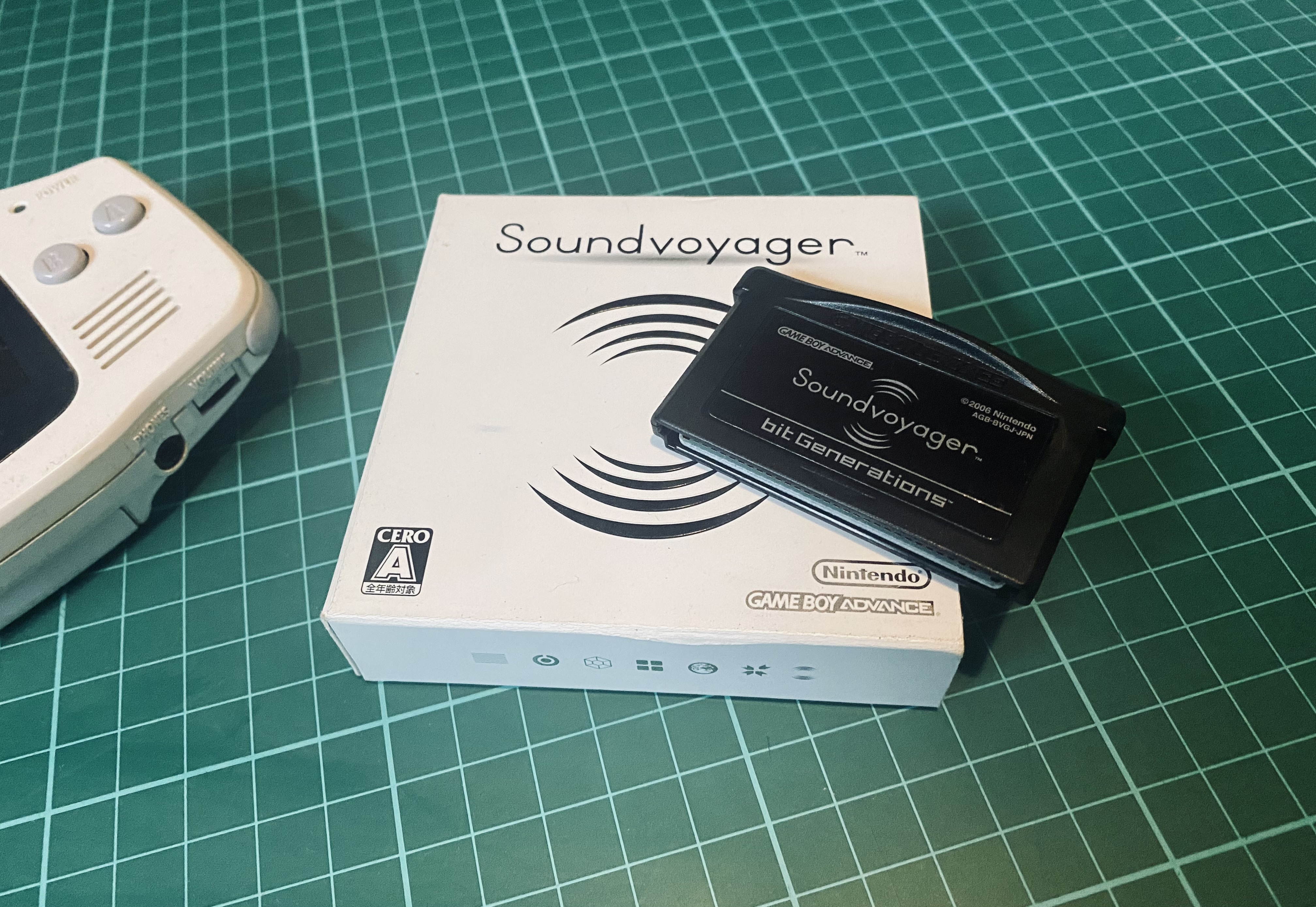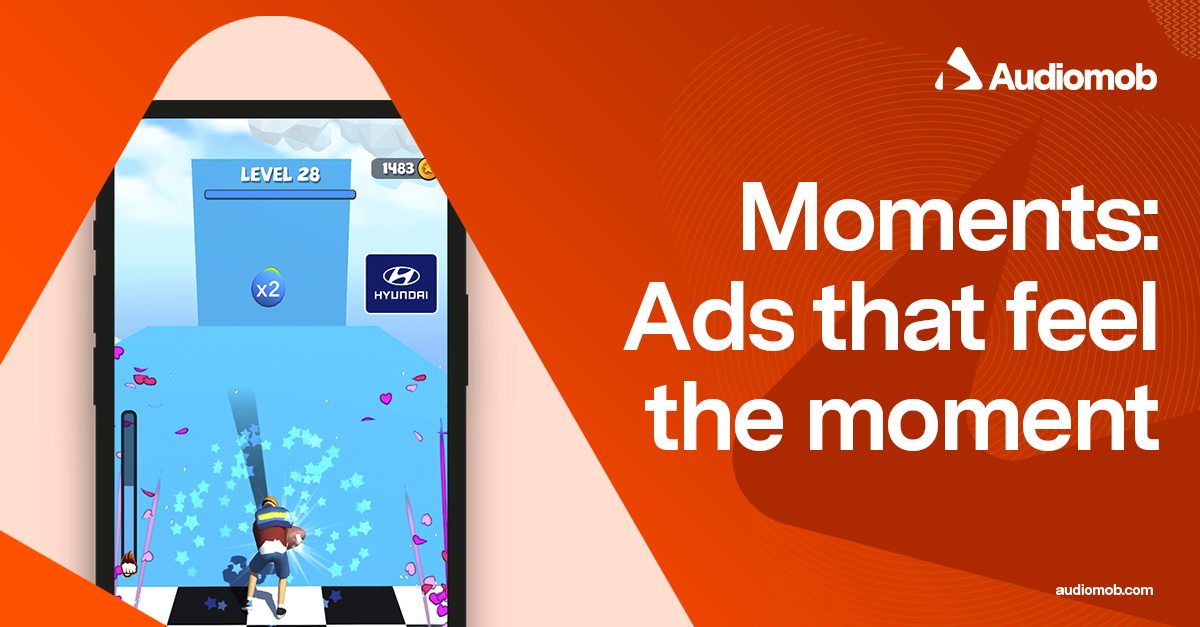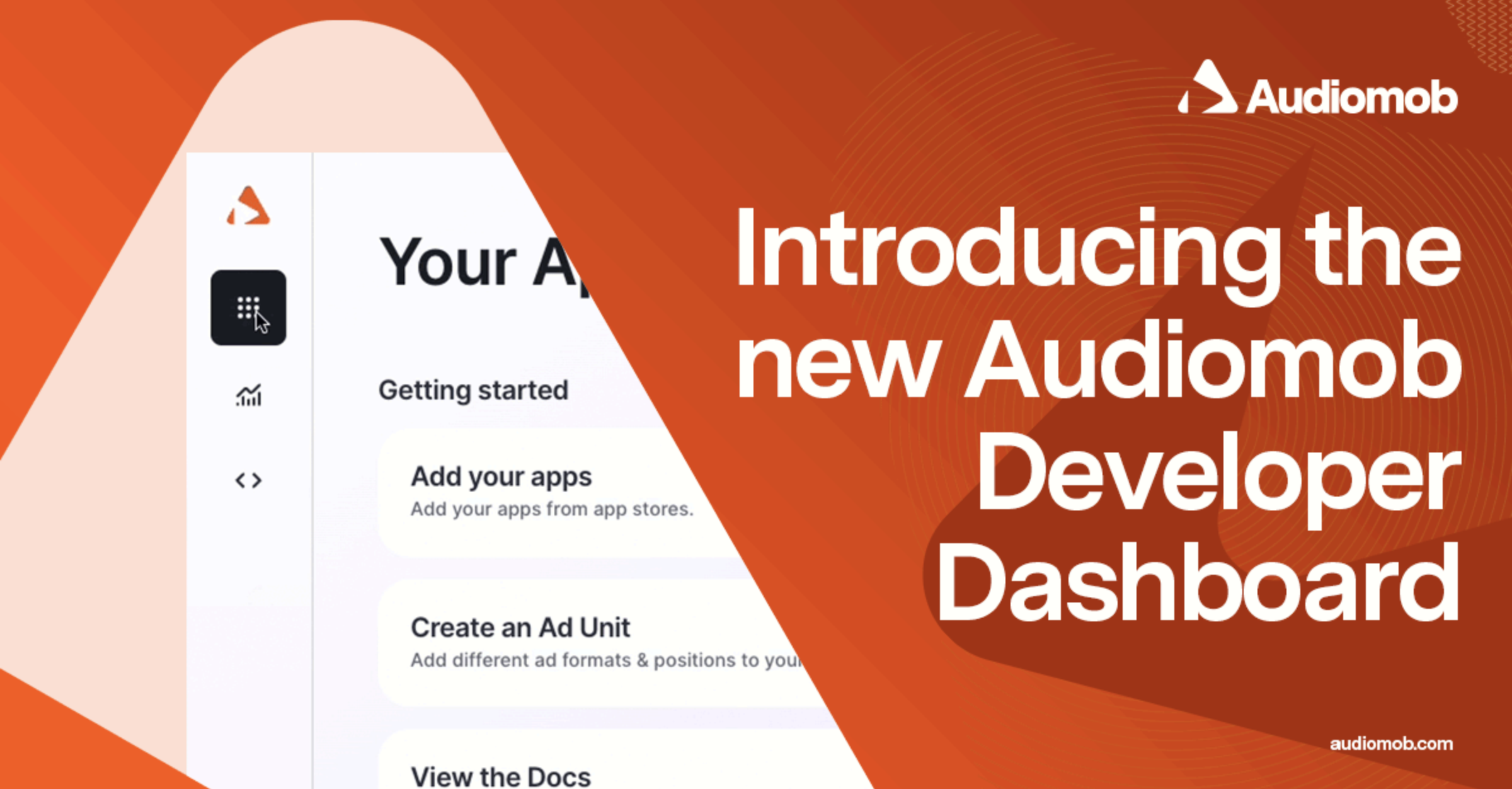Video games have a long history as a visual medium. When most of us think of a specific game, we likely first imagine what is on the screen, rather than what comes out of the speakers.
That’s not to dismiss the value of audio in games. Not at all. Here at AudioMob we’re besotted by the power and potential of audio in games. From the meticulously composed scores that set the tone and guide the narrative of games to the value of sound effects as player cues, game audio matters.
Still, traditionally, game’s visuals have attracted the most attention. Game graphics, afterall, are what put the ‘video’ in ‘video games’.
In reality, though, there are many remarkable audio-focussed video games out there that entirely or almost entirely forego having a visual element. Some simply use the creative limitation of removing game graphics to explore distinct and exciting game design. Many more endeavour to offer experiences that are more accessible, which is of particualr note on the day this piece was published, which is Global Accessibility Awareness Day, or GAAS. GAAS focuses on increasing awareness of and consideration for digital inclusion and accessibility
With that in mind - and considering our love of game audio - here we’ve rounded up some of the most striking audio-focused games released over the decades, from the sublime to the surreal.
A note before we start though. Here we are talking about games played on devices where visuals are usually a mainstay. That means we’ve resisted the beguiling world of Alexa-based interactive stories, or audio arcade machines that went without any screen, such as Atari’s 1974 creation Touch me. And, yes, Bop-It can be described as an audio game, but we’re sure you’ve all heard enough of that example.
Instead, then, let’s turn to the most fascinating audio-focused creations from true video gaming’s history.
Real Sound: Kaze no Regret (Sega Saturn, 1997/Sega Dreamcast, 1999)
Never one to resist innovation, Kenji Eno, the founder and president of game studio Warp, started to explore the ways in which partially sighted and blind players would play traditional action games. Reportedly having grown tired of working with CG visuals, Eno set about building a remarkable narrative adventure that took the form of an interactive radio play players had to listen to. Real Sound: Kaze no Regret remains one of the most highly regarded ‘audio video games’.
Papa Sangre (iOS, 2010)
To this day Papa Sangre and it’s sequel remain one of the most fascinating audio-only games on the iphone (though there were extremely minimal UI elements on the screen that guided finger placement). The survival horror game - made by a team with a radio production heritage - used binaural recording to place players in a 3D environment built from sound. By ‘walking’ your fingers on the phone screen you could explore the world. It is remarkably playable, and somewhat speaks to how all of us use audio cues to navigate the real world more that we might realise.
Soundvoyager (GBA, 2006)
The Nintendo-published bit Generations series brought a range of highly experimental, strikingly minimal releases to the Game Boy Advance in 2006 - with each game released to a single cart sold in adorable undersized packaging. Soundvoyager stood out in that it asked sighted players to look away from the screen while playing. The cart contained seven sub-games that asked players to use sound cues to complete a range of tasks. It’s certainly not among the most high profile Nintendo releases, but it sure is memorable.
A Blind Legend (iOS, And, Mac, PC, 2016)
Following on from Papa Sangre, mobile has become something of a haven for binaural audio-only games that perfectly suit both visually impaired players, and anyone on the move. The most standout example post Papa Sangre might well be A Blind Legend, admirable and successful in its effort to replicate sword combat in an audio-only world. Remarkably, it works, even allowing for defensive moves and combos.
Dark Echo (iOS, And, Mac, PC, 2015)
While visuals are a part of the utterly brilliant Dark Echo, the abstract, minimalist and sometimes terrifying creation offers an enticing example of ‘audio-first’ gaming, where any graphical element takes a back seat to the sonic. Sharp lines of colour in the game represent the sounds you make - and how those sounds bounce off objects. The idea is to use sound to understand the invisible world around you. It’s a remarkable mechanic with an incredible capacity for atmosphere and eeriness.
Inquisitor’s Heart (iOS, PC, Mac, 2014)
The inspiration for this article was a very special game; Inquisitor's Heart by Rising Pixel. Highly optimised for blind and visually impaired players - but ideal for sighted players too - it places you in a 14th century dungeon and asks you to escape using sound alone, it is utterly beguiling. Recently AudioMob partnered with the developer to explore the potential of how audio ads can serve both developers of accessible games, and their players. We’ll be sharing more on that very special partnership very soon, so keep your ears peeled.
As we’ve seen, accessible audio games do a wonderful service in providing blind and visually empaired gamers with content that doesn’t require reliance on visual interaction. Equally, the games are entirely accessible for sighted players. In fact, many of the examples above are made for all gamers, regardless of their sight. They break down barriers and level the playing field. And there’s a significant business case in making your content accessible to blind and visually impaired audiences. There are around 2 million people living in the UK with sight loss. That’s almost 3 percent of the population. In other words, audio games increase a game developer's potential reach by a considerable amount.
Clearly, there are a lot of reasons to love audio games. And a lot of reasons to make them. If you’re tempted by the latter, do check out this GDC talk exploring the making of audio-only games by Brian Schmidt of GameSoundCon.
And be sure to check out the resources at the GAAD website.




